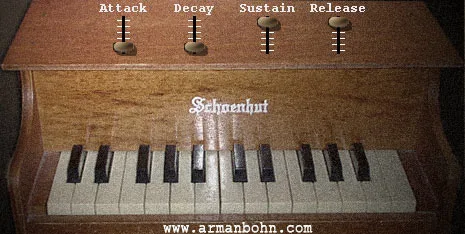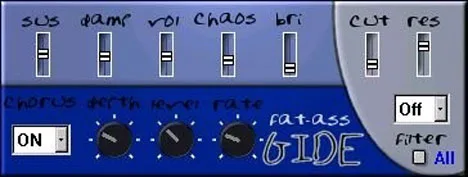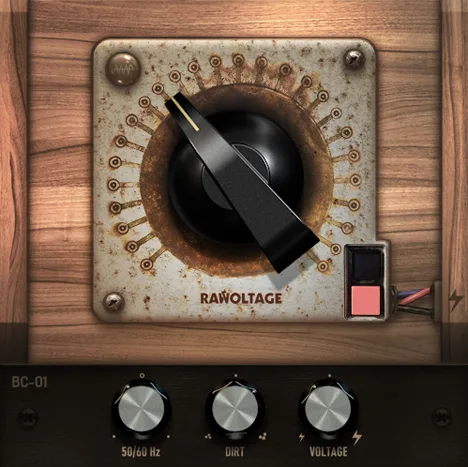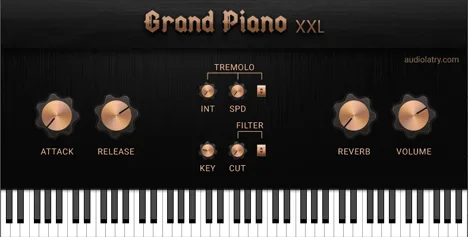In the world of digital audio, there’s a special kind of magic in instruments that carry a certain surprise and unique character. Toy pianos are exactly such instruments. They don’t strive for perfection or ideal tuning; instead, they offer a naive, sometimes whimsical sound that can add an inimitable charm to your musical compositions. The Toy Piano plugin by Arman Bohn perfectly replicates this aesthetic, providing composers and producers with the opportunity to integrate the authentic sound of a toy piano into their projects.
Introduction to Toy Piano VST
Developed by Arman Bohn, the Toy Piano plugin embodies simplicity and functionality, aimed at achieving a specific, recognizable sound. Unlike complex virtual instruments with numerous settings, this plugin focuses on the main thing – conveying the essence of a real toy piano’s sound. Its interface is minimalist, making it incredibly easy to use, allowing you to concentrate on creativity rather than technical aspects.
Sound Features and Functionality
The heart of the Toy Piano plugin is its samples. The author paid attention to creating very clean samples of each note, ensuring high-quality source material. This is the foundation that allows the plugin to reproduce the sound authentically. However, the main highlight is, undoubtedly, the character. Like real toy pianos, the virtual instrument by Arman Bohn is “wonky” and slightly out of tune. It is this feature that gives it authenticity and that special vintage charm that is difficult to imitate with standard synthesizers or samplers.
The plugin is velocity sensitive, allowing you to control the performance dynamics, adding expressiveness to the playing. Each note is sampled individually, contributing to a more realistic sound. The plugin’s range is limited to MIDI notes from 60 to 84 (corresponding to C5 to C7). This decision was made intentionally to simulate the limited keyboard range of a real toy piano, enhancing the sense of authenticity and restricting the instrument’s use to those registers where its sound is most characteristic.
Interface and Control
As mentioned, the Toy Piano interface is extremely simple. Only basic ADSR parameters (Attack, Decay, Sustain, Release) are available to the user. This means you can easily shape the sound’s volume envelope, adapting it for various musical contexts—from short, percussive notes to longer, singing ones. The absence of complex menus or numerous knobs makes this plugin ideal for quick integration into the workflow and experimentation.
- Simple and intuitive ADSR interface.
- High-quality, clean samples of each note.
- Velocity sensitivity for dynamic playing.
- Individual sampling of each note within the working range.
- Limited range (C5 to C7) to simulate the real instrument.
- Unique, slightly out-of-tune “toy” sound character.
Use in Music Production
The Toy Piano plugin can become a valuable tool in the arsenal of any musician or producer looking for unusual textures and sounds. It is perfect for:
- Creating a nostalgic or childlike atmosphere in soundtracks for films or games.
- Adding a unique accent in electronic music, hip-hop, or lo-fi genres.
- Experimenting with ambient textures, using its specific timbre.
- Giving tracks a warm, analog feel thanks to its “imperfect” tuning.
- Using as a melodic element in indie pop, folk, or alternative music.
Its simplicity means you can quickly find the right sound and fit it into the mix without extra effort. Despite its name and toy-like character, Toy Piano is a serious tool for those who value originality and want to move away from standard sound palettes.
Compatibility
Currently, the plugin is available in VST format and is designed to work on the Windows operating system (32-bit). This makes it compatible with many popular digital audio workstations (DAWs) that support VST plugins on this platform.
Overall, Toy Piano by Arman Bohn is a great, free tool that brings the unique character of a toy piano to the world of digital audio. Its simplicity, authentic sound, and special charm make it an interesting addition to any VST instrument collection, especially for those who appreciate originality and experimentation with sound.
This plugin is an excellent example of how a simple concept, implemented with attention to detail (such as individual samples and range imitation), can create an instrument with a distinctly pronounced personality. Toy Piano doesn’t try to replace a grand piano or an electric piano; it occupies its own niche, offering a sound that can become that missing link in your track, adding warmth, quirkiness, and an unforgettable character.



